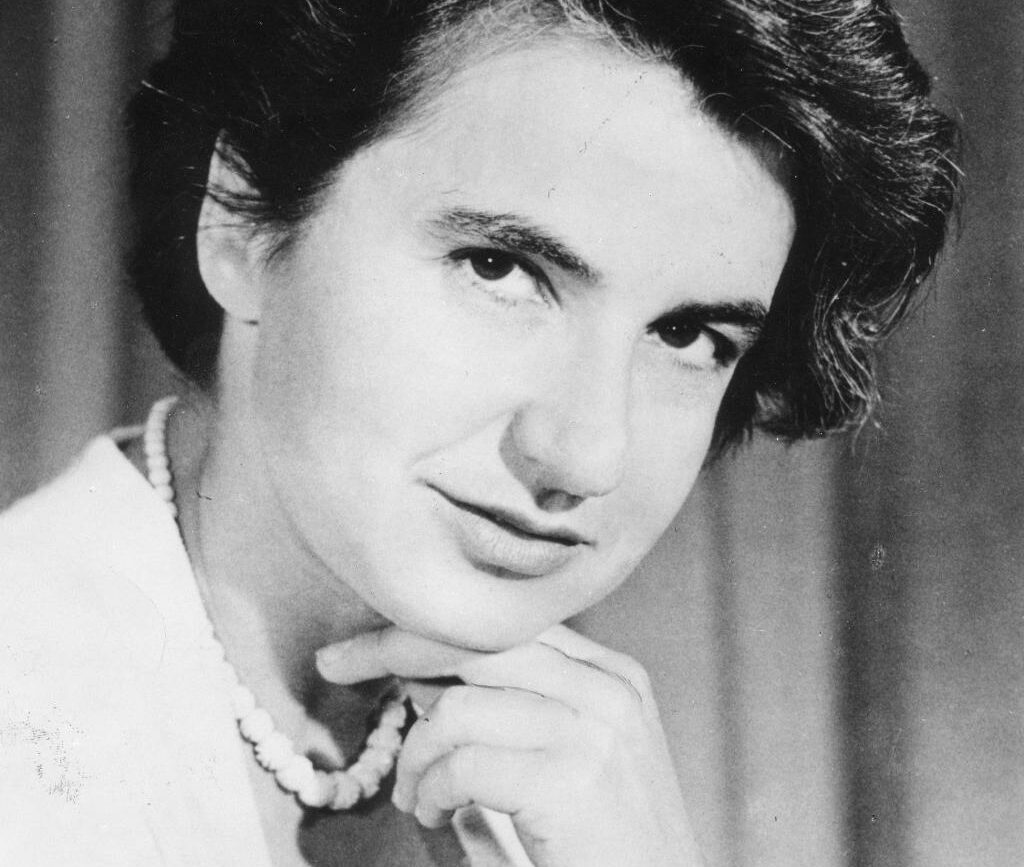Women Scientists History Forgot to Remember

If you Google list of scientists, you will realize that only 3 of the 51 names generated by the search engine are women. The other 48 are all men.
This depiction, while expected, is not accurate. At various times in history, women shocked the world with their paradigm-altering discoveries and inventions. In many cases their contributions were forgotten or taken credit for by male colleagues.
Here is an attempt to reclaim the female space in the history of scientific discovery on world Science Day. Who are these fantastic ladies and what did they do?
1) Mary the Jewess (Lived between the 1st and 3rd centuriesAD) Significance: Discovering hydrochloric acid
Although none of her own writing still exists, Mary the Jewess is referenced by Zosimos of Panopolis in one of the first texts about alchemy.
Her work provided the basis for the science in later research. She is credited with discovering not only hydrochloric acid but also the substances tribikos and kerotakis, both of which have equivalents in modern day chemistry.


2) Caroline Herschel (1750-1848)
Significance: First woman to discover a comet and the first woman to be paid for scientific work
At the age of 22, Caroline traveled from her home in Germany to Bath to train as a singer. She also worked as an assistant to her brother, William Herschel, who was an astronomer.
As she recorded observations and helped him create more accurate lenses, she fell in love with astronomy. Together, the siblings discovered 2500 new nebulae and star clusters.
In 1787, Caroline was employed by Kinn George III as William’s assistant. She discovered 14 nebulas, eight comets and 561 stars during her career. She was awarded a Gold Medal from the Royal Astronomical Society in 1838 and has a comet, an asteroid and a crater on the moon named after her.
3) Lise Meitner (1878-1968)
Significance: Discovered nuclear fission in Germany
Meitner worked in Germany as a nuclear scientist at a time when very few women were allowed on the scene. In 1938, she had to flee Germany due to the fact that she was Jewish. While in Stockholm, she communicated with her partner Otto Hahn in Germany and he told her about his results from his work on the radioactive decay of uranium.
Meitner realized from the description that uranium was undergoing nuclear fission, meaning it was splitting in half and releasing tremendous nuclear energy.
Several years later, her discovery was used in the bomb called Little Boy which was dropped on Hirsohima. In 1945, Meitner said, “You must not blame scientists for the use to which war technicians have put our discoveries.”
Although her partner won a Nobel Prize in 1944, Meitner was overlooked by the committee despite her significant discovery.


4) Grace Hopper (1906-1992)
Significance: Made advances in computing and made it accessible to the public
Hopper was one of the first women to achieve a PhD in mathematics. She joined the Naval Reserves in WW2.
She then saw the development of computing through its initial few stages. In an attempt to make computing accessible to the public, she also developed a comprehensive computer language based on English rather than binary, called COBOL. She was the US Navy’s oldest active-duty commissioned officer and received a Defense Distinguished Service Medal.
She also got the first ever Computer Science Man-of-the-Year Award and the first female National Medal of Technology. In addition to all this, she coined the term debugging when her programming team removed a moth that was disturbing Mark II’s processing.
The Grace Hopper Celebration of Women in Computing Conference continues to support women in this field.
5) Chien-Shuing Wu (1912-1997)
Significance: Helped separate Uranium metal into its isotopes
Wu is most famous for the Wu Experiment, in which she proved that the conservation of parity in electromagnetic and strong interactions did not apply in weak interactions.
Her findings were credited to two male theoretical physicists, Tsung-Dao Lee and Chen Ning Yang, who had initially asked Wu to help them disprove the law of parity. In 1957, Lee and Yang received a Nobel Prize for their discovery and Wu was excluded.
Regardless, she is known as the First Lady of Physics and the Chinese Madame Curie.


6) Rosalind Franklin (1920-1958)
Significance: Discovered the molecular structure of DNA
Franklin’s work as a chemist led to the discovery of the molecular structures of DNA. Using X-ray crystallography, Franklin obtained the first image of DNA fibers.
However, her unpublished discovery was leaked without her knowledge and in 1953, biologist James D. Watson and physicist Francis Crick took credit for the discovery in a published article.
They offered Franklin credit in a footnote acknowledging her work. In 1962, the two men accepted a Nobel Prize for a discovery that was not their own.
7) Dorothy Hodgkin (1910-1994)
Significance: Determined the atomic structure of Vitamin B12
Hodgkin was known for her advances in X-ray crystallography. She determined the atomic structure of not just Vitamin B12, but also cholestrol and penicillin.
In 1964, she won a Nobel Prize for Chemistry, making her the only British woman to do so. She was so renowned in her field that despite her political affiliation with socialism, Margaret Thatcher would often take advice from her about scientific issues.
In 1969, Hodgkin also mapped out the structure of insulin. This process took her 35 years and ended up significantly improving the treatment for diabetes.


8) Barbara McClintock (1902-1992)
Significance: Pioneered the study of genetics of maize cells
McClintock discovered her passion for botany at Cornell University in the 1920s. While researching later in New York, McClintock discovered that genes can move within and between chromosomes.
Since this finding discredited working assumptions, it was ignored until improved techniques became available in the 1970s and 1980s. The ‘jumping genes’ were discovered in microorganisms, insects and even humans. For her efforts, McClintock received a Lasker Prize in 1981 and the Nobel Prize in 1983.

